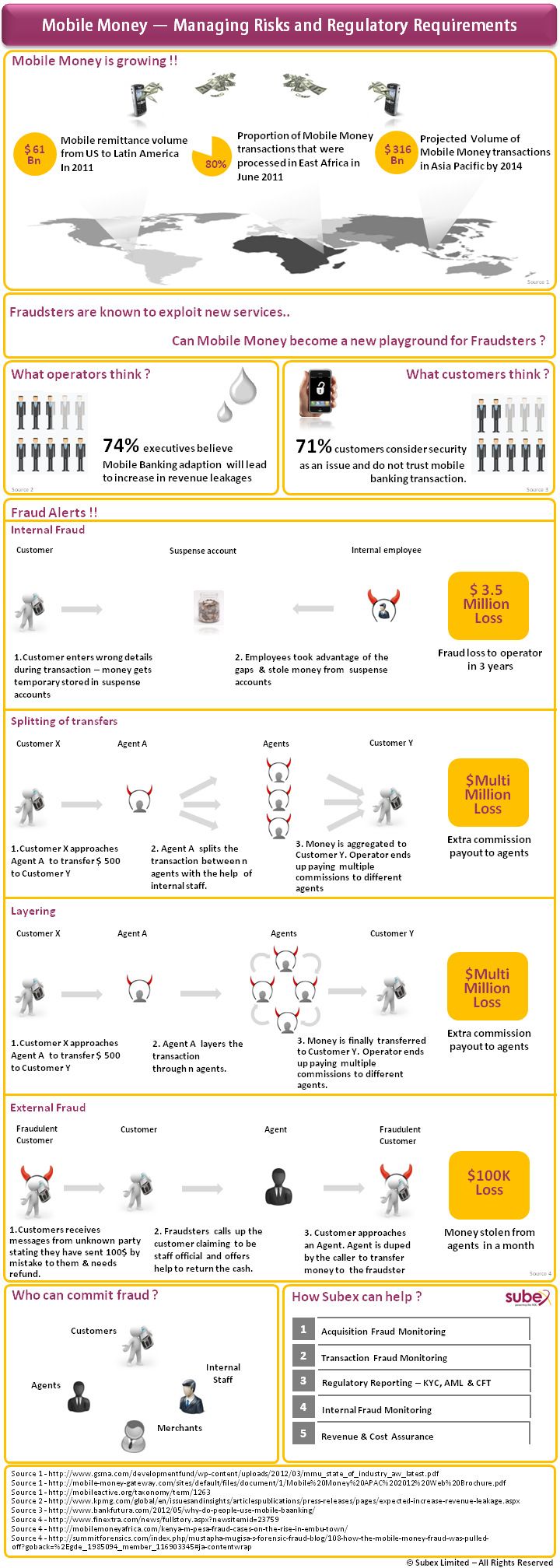Most CSPs today adopt a traditional capacity management approach that consists of planning their network resource requirements over the next 12 months based on past consumer trends.
Reality check! In today’s fast paced end-user consumption and service demand, trying to predict resource needs 12 months out based on past end-user behavior is like playing a lottery based on past outcomes in hopes to hit it big – More often than not you will lose big time.
The reality is that the past doesn’t predict the future anymore and that end-users are causing unpredictable shifts in resource consumption in the network as they tune into major events and build their life around real-time communications. Oh sure, many CSPs will read this and think, we have the latest probes in the network giving us loads of real-time data and complex flows where we know if packets are traveling left or right in the network. And yet with all this information CSP still can’t keep ahead of today’s data tsunami, without being concurrently choked by escalating CapEx. Having loads of low-level information more often than not causes data overload: You have so much raw data that you don’t know what it means from an overall congestion perspective without weeks or months of analysis. Or even worse, you may interpret trends differently depending on the data sample you examine, making it virtually impossible to project congestion and business impacts. Many CSPs with whom I have spoken face the same problem: When in doubt, pour more CapEx into the network, in the hope of adding the right resources to alleviate congestion.
What if there is a way to more precisely target the CapEx spend needed in the network, to deliver the services the CSPs need to thrive? In fact, there is, and it’s called “Real-time Capacity Analytics”!
Real-time Capacity Analytics is about understanding all capacity-related data rather than looking at it on a per attribute or device perspective – which provides little more clarity than just a blip in an ocean of traffic – instead looking at capacity consumption as it relates to end-to-end path and services to end-users. It is amazing how CSPs are concerned about how capacity congestion affects their subscribers and yet most solutions today fail to look at capacity from an end-to-end end-user perspective. Without an end-to-end view and understanding of how different segments of the network path and services affect congestion, CSPs may be spending CapEx in portions of the network that may temporarily relieve the symptoms of congestion rather than resolving the root cause.
So as a CSP, the next time you face customer impact based on congestion, ask yourself: Did I see it coming? Did I get the right warning signs that congestion was building up over time? Did I get a read of time to exhaustion that could have helped me plan added capacity before impacting my customers? Is my solution pinpointing where to target my Cap Ex? And finally, do I have a solution that can tell me if my network can accommodate new subscribers or services, and, if not, where will the congestion hot-spots occur and how much Cap Ex is needed?
If your current solution isn’t helping you answer any of the above questions, it is time to consider Real-Time Analytics for Capacity Management before your business gets swept away by the tides of capacity congestion.



















